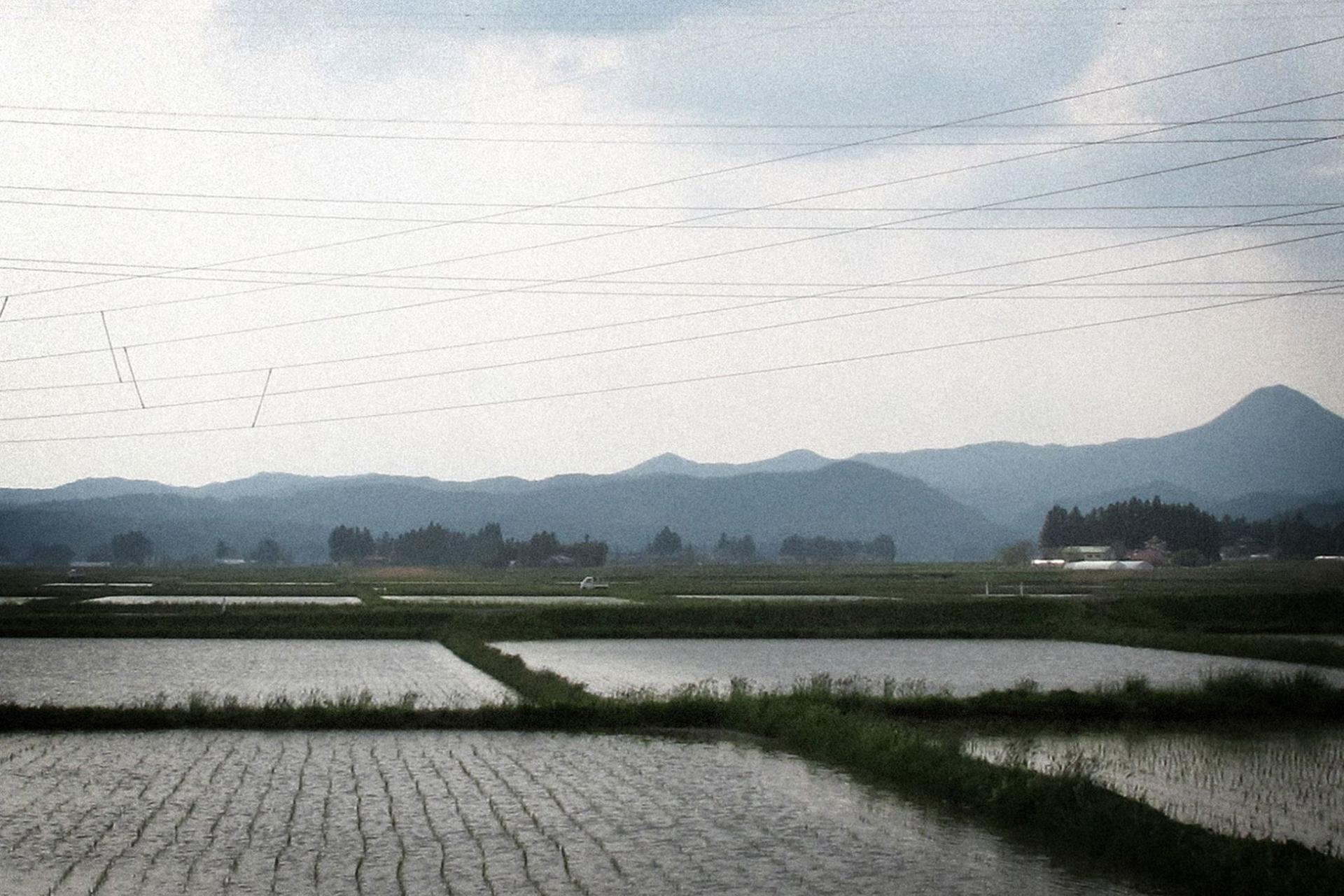Ryukyu Blues Project
Okinawa, Japan
Ryukyu Indigo Labo endeavours to preserve Okinawa's unique indigo tradition by ensuring the knowledge and wisdom of the process is recorded for future generations.
Country and region
Okinawa, Japan
Product
Natural Indigo dyeing
Sustainability
Follows the natural process from growing of the plant to dyeing the final garment
Mission
Inheritance of traditional Ryukyu indigo culture
Ryukyu is the ancient name for the southern Japanese islands of Okinawa. Ryukyu aizome is Okinawa’s traditional indigo dyeing technique dating back several centuries.
Harvesting the indigo plants.
Local farmers working in the indigo fields.
Preparing the plants for fermentation process.
Dyeing process
Despite being an Okinawan variety, Ryukyu indigo leaves are sensitive to direct sunlight, so they are carefully grown from seedlings.
Reaped during the rainy season in June, the newly harvested indigo plants are soaked and naturally fermented in water and observed carefully.
Seashell ash is added to the fermented indigo water to further enhance the colour pigments.
The pigmented water is oxidised and filtered and finally becomes pure indigo paste, which is used for dyeing. In Okinawa, in order for pigment particles to penetrate into the yarn and cloth, syrup and awamori sake are added as feed to promote further fermentation. This creates micro organisms that enable the pigments to penetrate.
To prevent indigo from decomposing, it has to be stirred twice daily, once in the morning and once in the evening. It is also necessary to maintain a constant pH level to prevent the growth of bacteria other than the fermenting indigo bacteria by adding limestone.
Natural indigo dyeing completely depends on the humidity, temperature and weather conditions, so to achieve the beautiful “Ryukyu blue” colour fabric must be dyed over and over again.
Mission
Ryukyu Indigo Labo is the only remaining Okinawan dyeing facility, who follows the process from growing of the plant to dyeing the final garment. The unique depth of traditionally dyed indigo colour is continuously adored by the Japanese people.
However, in recent years chemically produced synthetic indigo has become widely available and is much cheaper than naturally derived indigo. This has caused the decline of the labour intensive production, yet unmistakably superior colour of naturally dyed indigo.
Ryukyu Indigo Labo endeavours to preserve Okinawa's unique indigo tradition by ensuring the knowledge and wisdom of the process is recorded for future generations. From maintaining soil conditions to the cultivation of the Ryukyu indigo plant, their production process is followed to the finest detail to achieve the magnificent colour of the Ryukyu indigo.





















